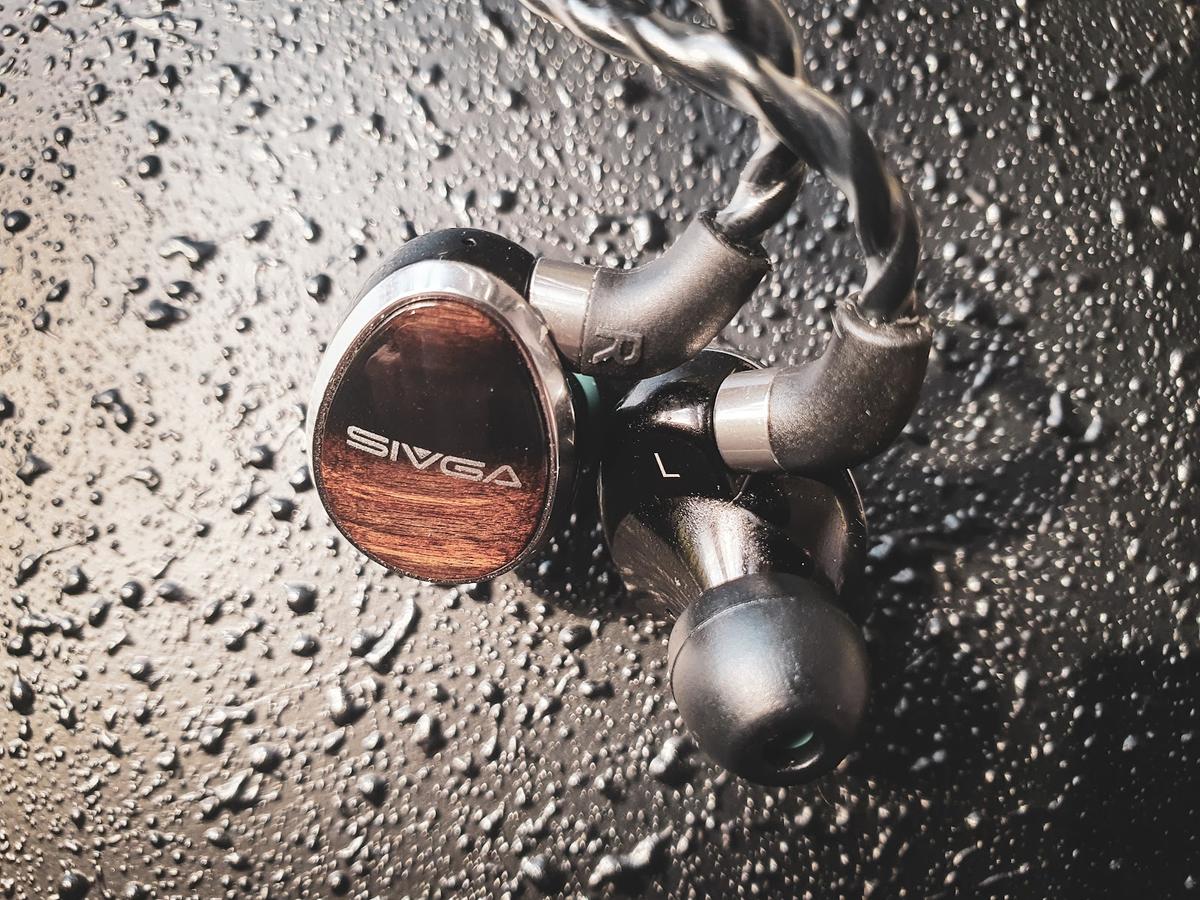While not having the same genre versatility as multi-driver IEMs, the Sivga Nightingale excel with music where strings and vocals are in the spotlight.
- Mids to die for
- Bass extremely clean and fast
- Comfortable for a full day
- Scale with better equipment
- Standout looks
- Isolate poorly
- Peaky treble
- Upper-mids scooped
- Bass quantity can seem lacking
- Only a 4.4mm cable included
Sivga Audio is far from an unknown in the personal audio space; Sivga’s full-size headphones have garnered their share of accolades. At the very least, they can be called a great deal if one fancies the mid-centric Sivga house sound.
Another property that makes Sivga products a bit of a standout is aesthetics – the wood earcups look great. I’ve been a sucker for Audeze LCD-2 looks since they were introduced, so wood is very much up my alley.
Oh, did I mention the Sivga Nightingale uses a planar driver?
The near USD $300 IEM space is crowded, with all kinds of IEMs released left, right, and center. Where does that put orthodynamic IEMs from a manufacturer who has been using this tech with success in full-size headphones? Read on to find out!
Unboxing and First Impression
Design and Build
Wood is good in my book!
The Sivga brand has become synonymous with wood. The Nightingale IEMs come with mid-sized earshells with a more “designed” look rather than the 3D-printed acrylic shells found in most other IEMs in this price range.
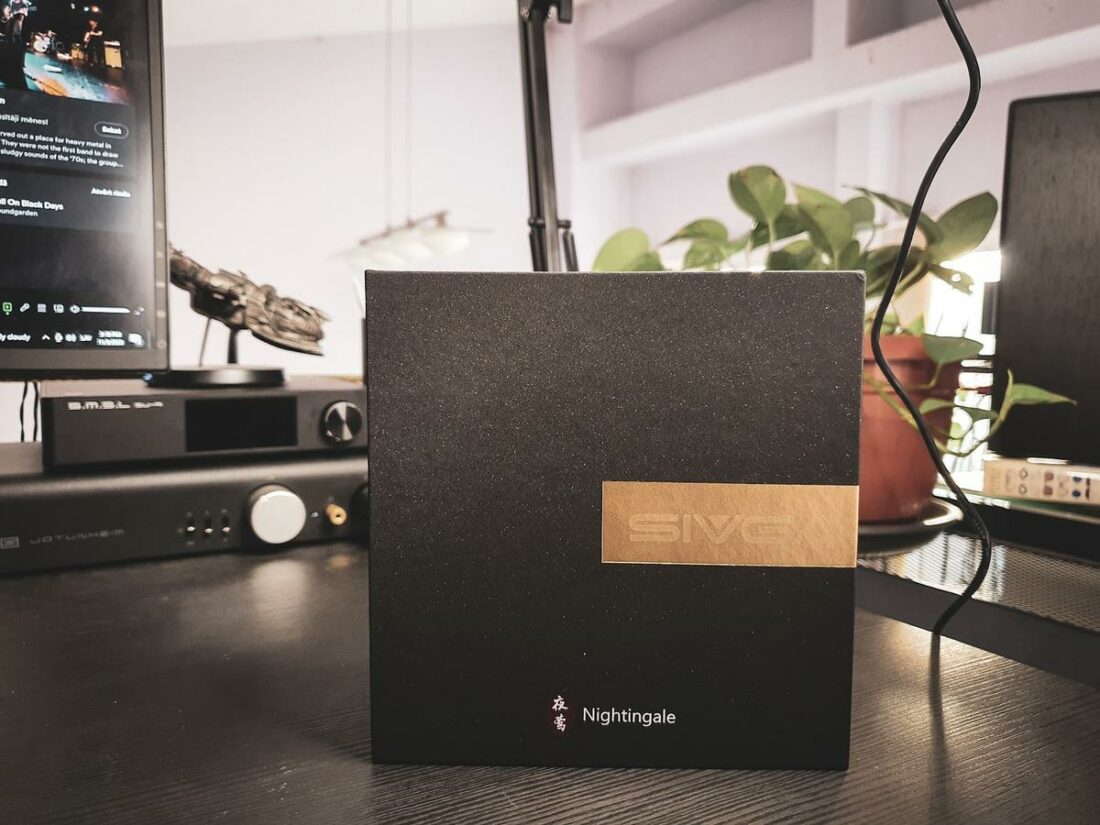
The stabilized wood faceplates have an understated look, and initially, I had to check whether it’s natural wood. The resin that’s encasing the wood makes it look like it’s just a print. A more textured finish might have made the wood stand out more.
In any case – they look really nice!
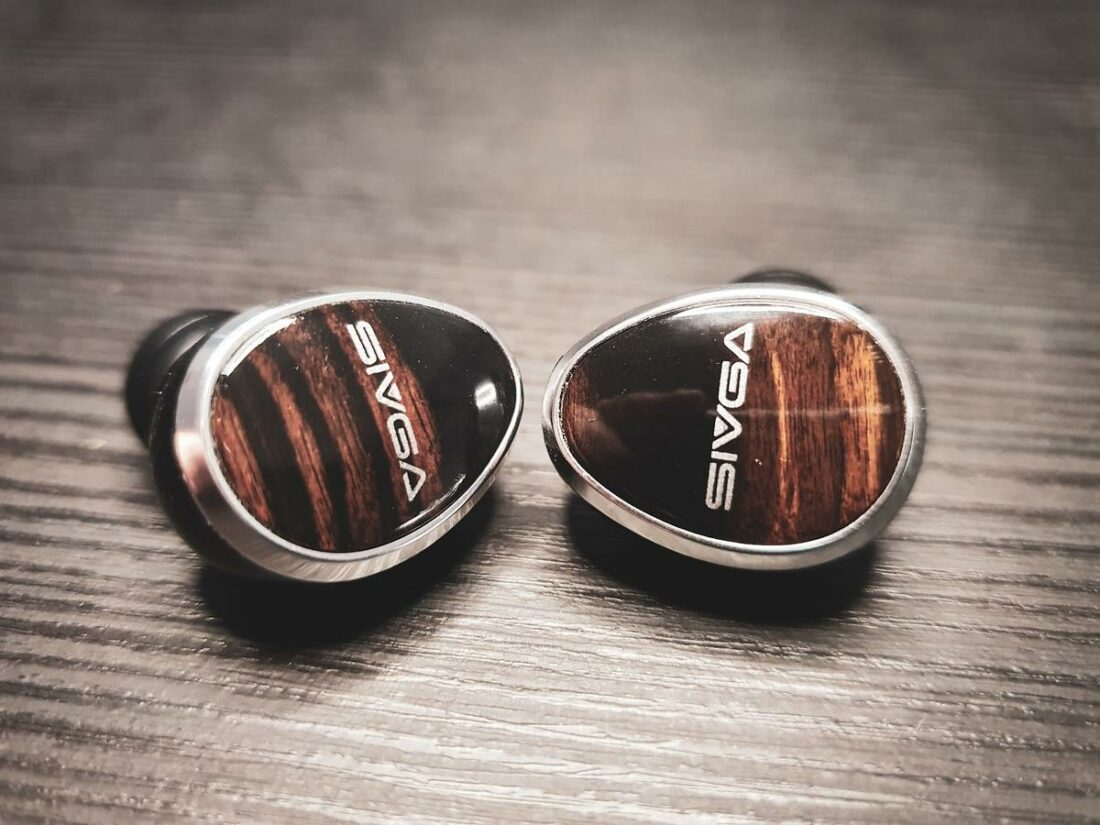
Cable
The cable that comes with the Sivga Nightingale is a four-conductor braided design with a 4.4mm pentaconn termination. At first, I was a bit baffled about the choice of primary connector, but it makes sense because the Nightingale isn’t super sensitive, and the isolation isn’t excellent. Many will probably use them at their desk rather than on the go.
Comfort
Due to the small earshells, the Nightingale are very comfy.
Initially, I was concerned about comfort, but upon first try, my worries disappeared. The Nightingale wear exceptionally well.
Despite not being molded to fit the concha, the Nightingale can be worn for a whole day without any discomfort. For my ears, they don’t have any awkward pressure points, and the nozzle, while on the thick side, works fine for me.
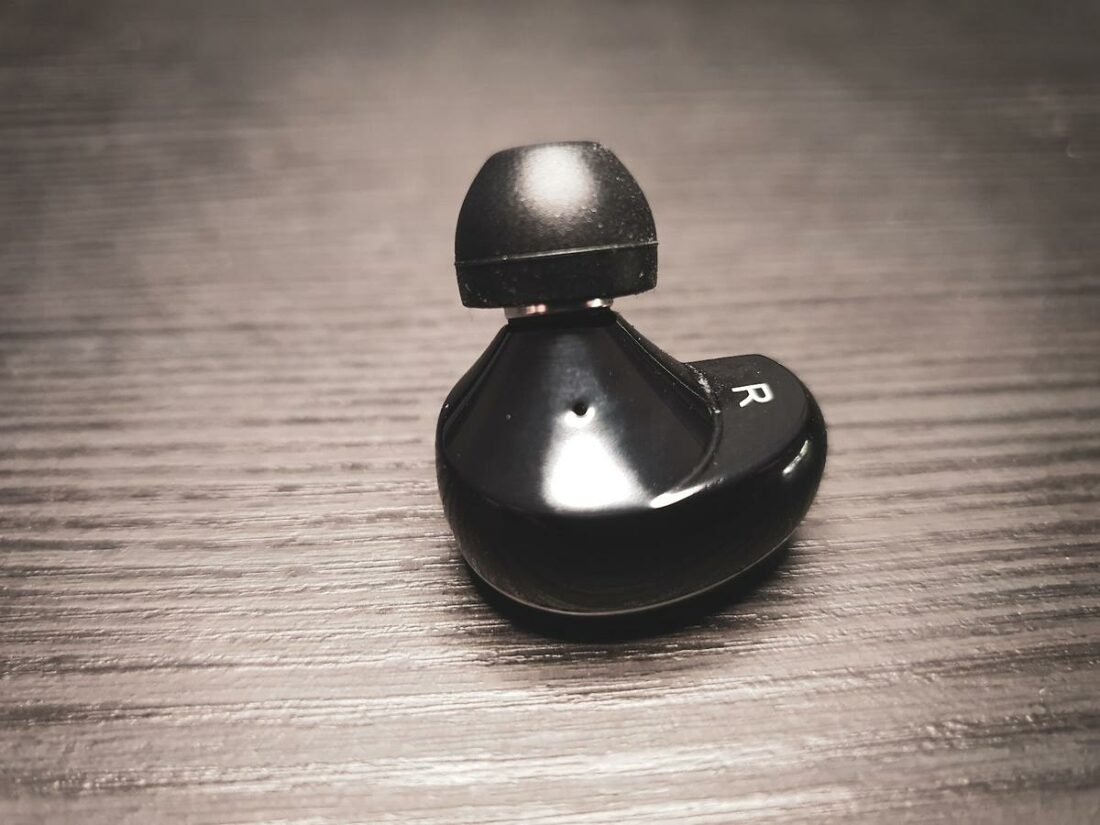
What gave me trouble was the mounted wide-bore ear tips. There are two kinds of tips included – single-flange wide-bore tips and Sony-like narrower-bore tips. The wide-bore tips sit too shallow and compromise the seal, and as a result, bass and isolation suffer.
The narrow-bore are just what the doctor ordered.
Under the Hood
The Sivga Nightingale use a single 14.5mm planar magnetic (or orthodynamic) driver. The relatively large driver handles the whole audio range without any additional electronic filters. As with any other approach, there are advantages and tradeoffs.
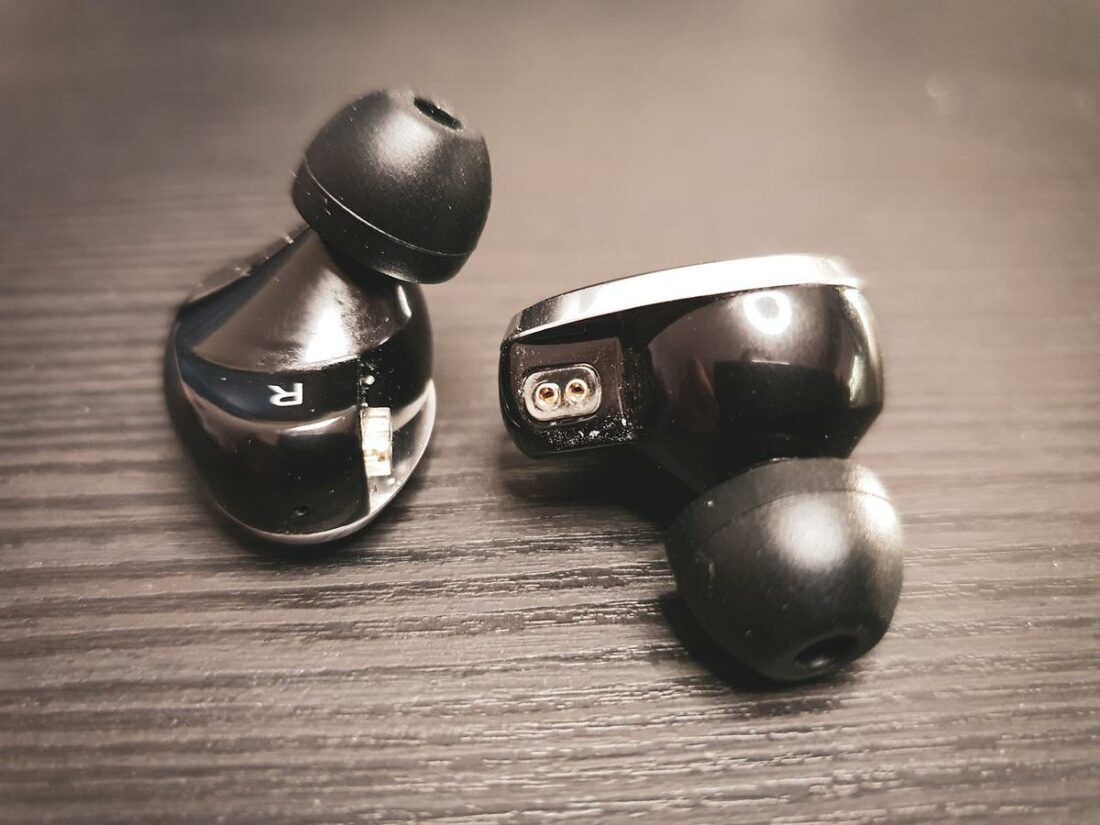
Single-driver IEMs don’t have to use crossovers and usually have a better acoustic phase response. Audibly, this design can translate to better imaging and more coherent transients, as the waveform doesn’t have to be constructed from multiple sources.

Another advantage of single-driver IEMs that’s even more apparent with planar drivers is an almost flat electrical phase response. The load impedance has minimal changes, and the load is less taxing on the amplifier output stage. Usually, this makes IEMs sound more consistently across different amps because they change their sound less due to output impedance.
How Do the Nightingale Sound?
As with other headphones and IEMs without a manufacturer measurement curve, it’s not immediately apparent what kind of sound signature Sivga was going for with the Nightingale.
Upon first listening, it was evident that it was a bit unorthodox.
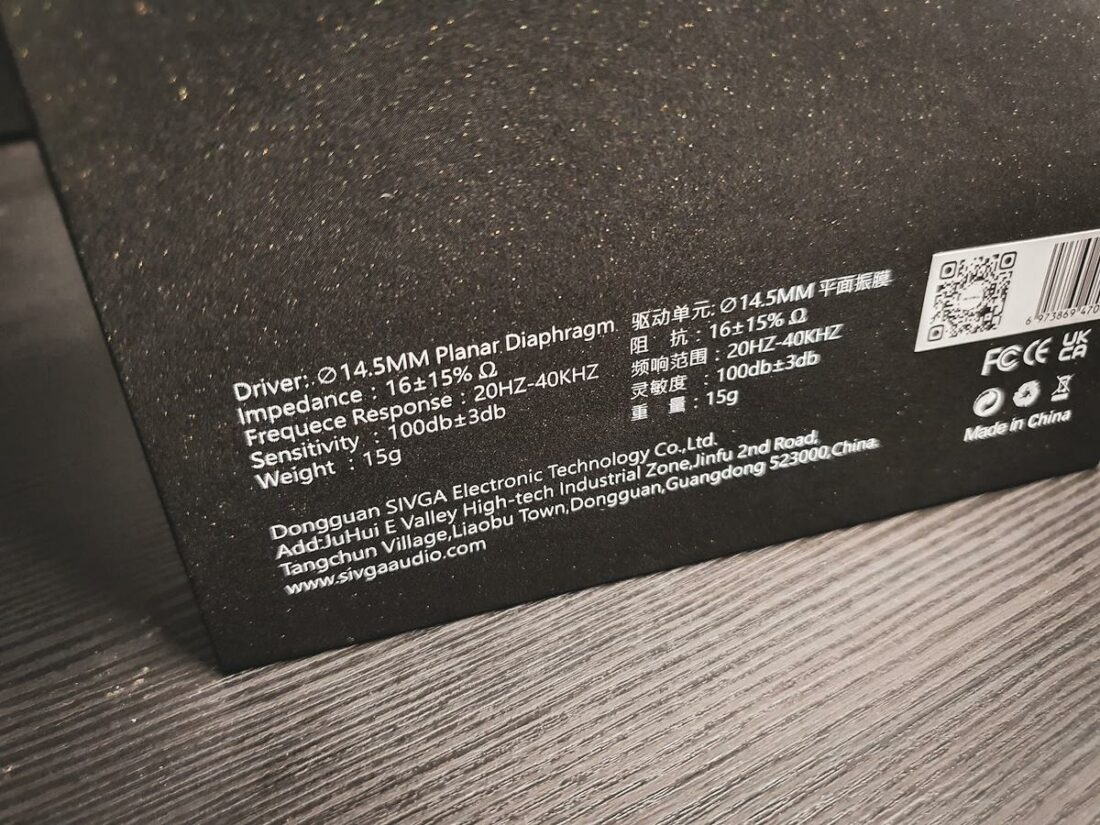
With popular IEMs, I expect a flat response for a more analytical listening experience or a gentle U-curve for those looking for some pleasant coloration. The Nightingale can be best described as having a slight inverted U-curve.
Bass
This is closed-box speaker bass at its finest. Taut and clean.
Whether you’ll like it or not depends on where you’re coming from. The Nightingale has no bass boost, unlike most IEMs these days. However, most full-size headphones don’t have it as well, so it’s not a big deal for me.
Tonally, the lower octaves are highly linear, with some roll-off at the very bottom. I didn’t find it bothersome as nothing important is lost once you get used to it. Even 20Hz is perfectly audible, just not as loud. And it was great to have none of the lower-mid bleed.
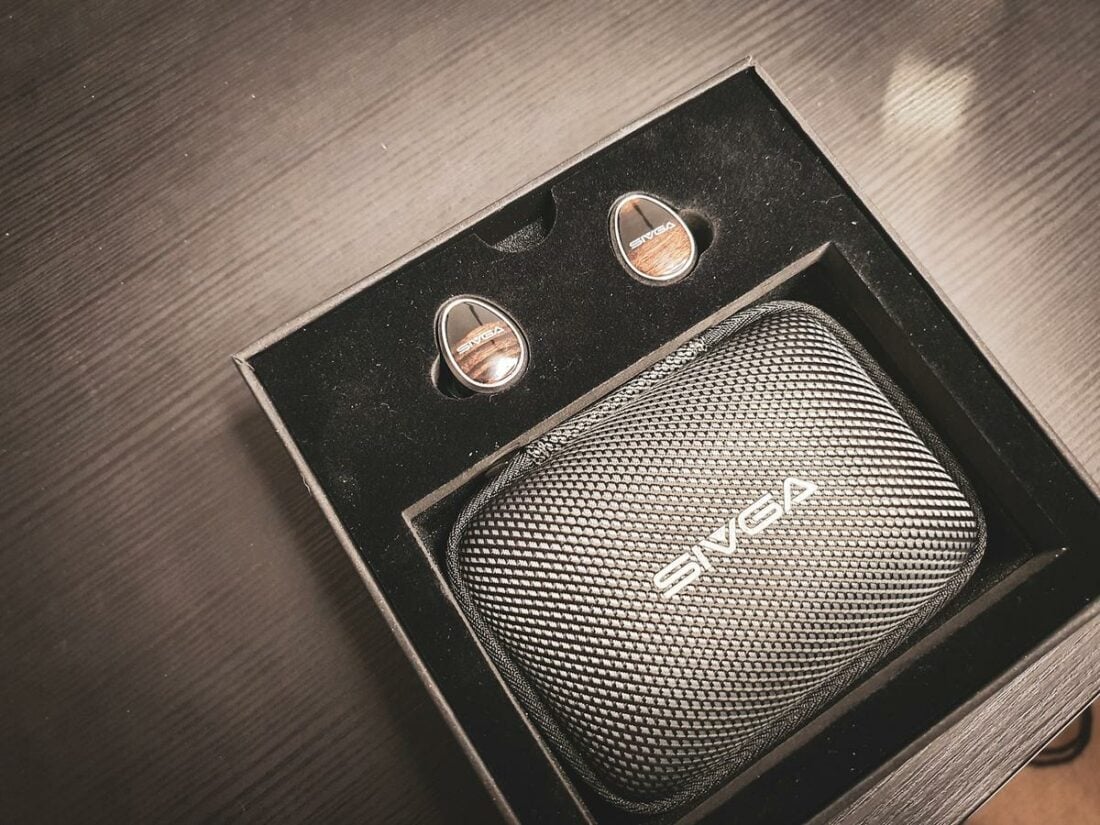
Even when pushed to high SPL, the Nightingale do not lose composure. There is no noise or any kind of doubling. Apparently, the 14.5mm diaphragm can move some serious air if commanded to. There’s also a certain cleanness to the bass that I haven’t found on most dynamic driver IEMs.
Midrange
The Nightingale will make you rediscover string and vocal-based music.
Just like with most planar magnetic drivers I’ve listened to before, the Nightingale has linear and clean mids. There’s supreme detail that comes from a lack of coloration and low distortion, making the Nightingale a standout, in my opinion.
The only caveat I must give is in the upper midrange around the ear-gain region. There’s a curious dip there that makes the IEMs sound a bit hollow. I didn’t find it particularly annoying; it just colors the sound and limits ultimate genre bandwidth.
Treble
The resonant peak at around 9kHz is my main gripe with the Nightingale.
As with many other planar magnetic headphones and IEMs, treble isn’t the Nightingale’s strongest suit. There is enough extension and even a resonant peak that gives it some fake detail (not that it’s needed).
The treble response is good enough to allow for decent imaging capabilities. However, the peak at 9kHz can give overtones an unnatural emphasis and cause ear fatigue. Luckily, a peak that high is better than one at say, 5kHz.
Comparisons
Due to its pricing, the main competitors to the Sivga Nightingale are the Moondrop Blessing 3, Thieaudio Hype 2, and Yanyin Canon 2. I will say right away that the Nightingale fall short of all these in terms of genre bandwidth.
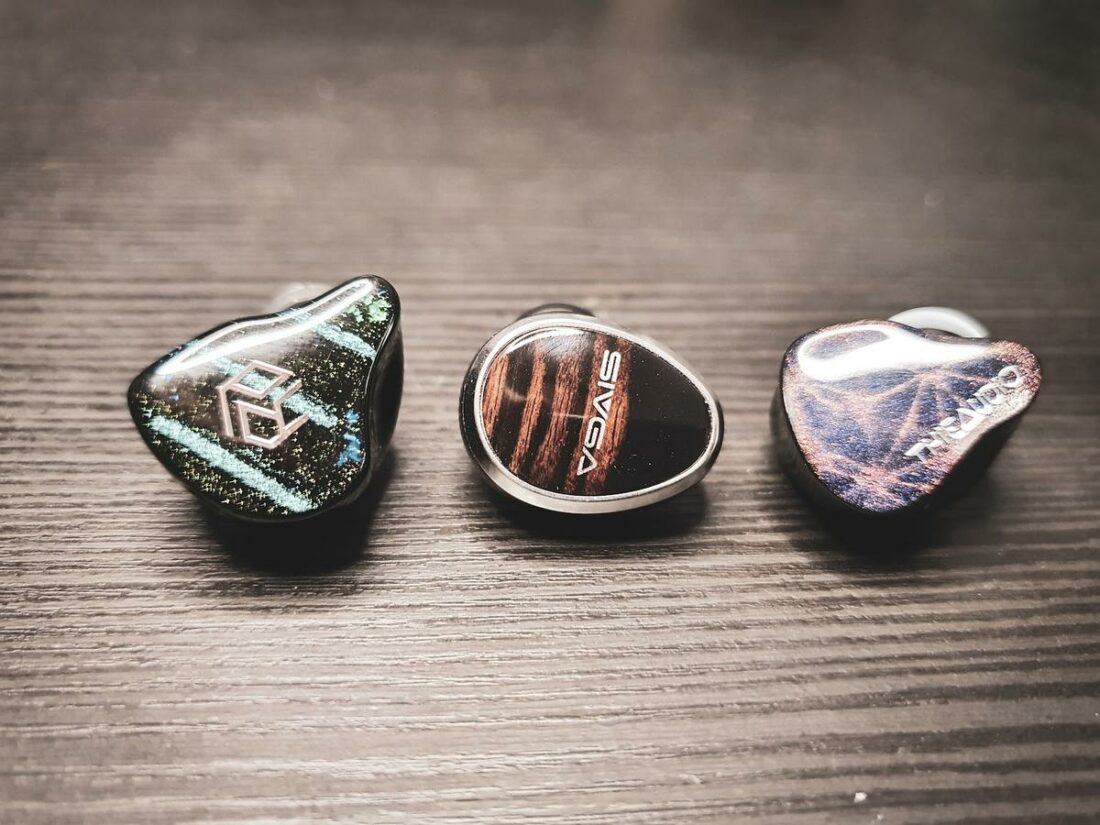
On the other hand, only the Canon 2 come close when it comes to mids. And due to the Canon 2’s low-end emphasis, there’s less apparent detail in the low-mids. The Hype 2 are an absolute beast in the low end with recessed mids – the polar opposite of the Nightingale. Or the perfect companion.
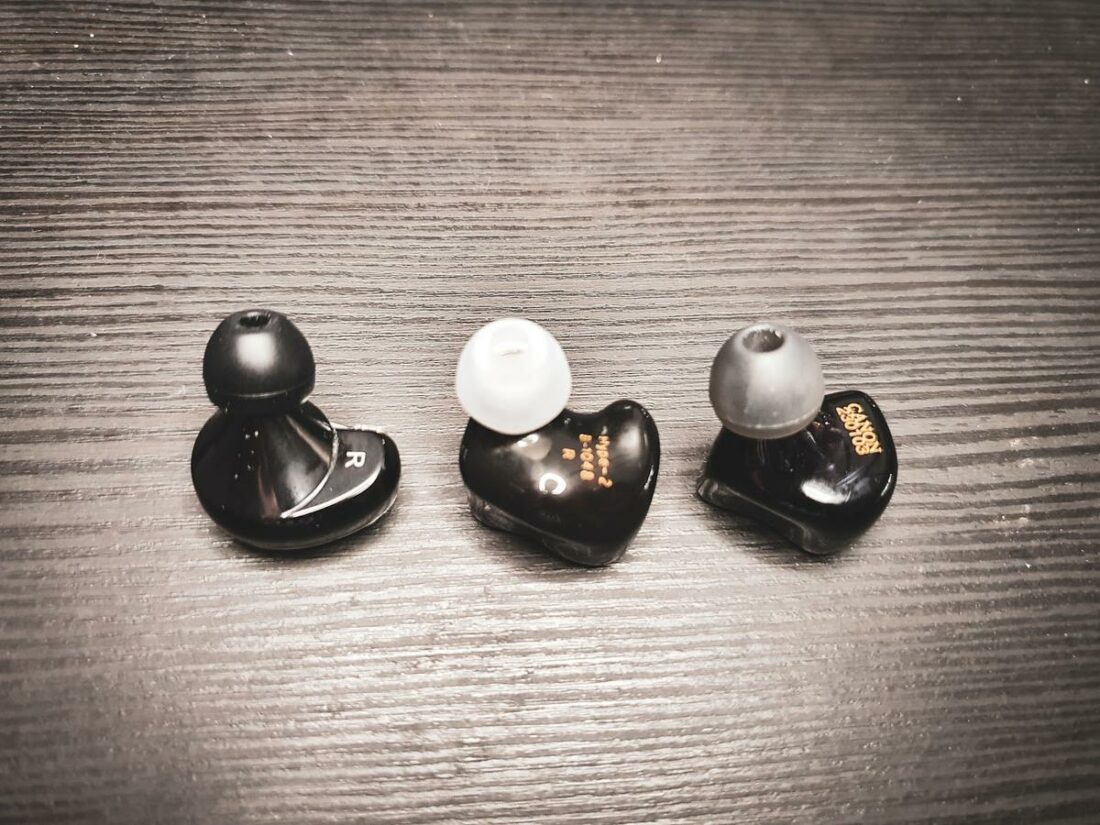
The main field where Blessing 3 excel over the Nightingale is in sheer technicalities. I also feel that the treble response of a well-implemented balanced armature driver sounds better than the single planar. At least, they do for all three of these IEMs.
Where to Buy
Who Should Buy This?
I don’t recommend the Nightingale as your only pair of IEMs.
The Nightingale have many great qualities, but they’re more of a genre specialist than an omnivore. If you like to have many options, they are a safe sidegrade from many great candidates in the circa-300$ range.
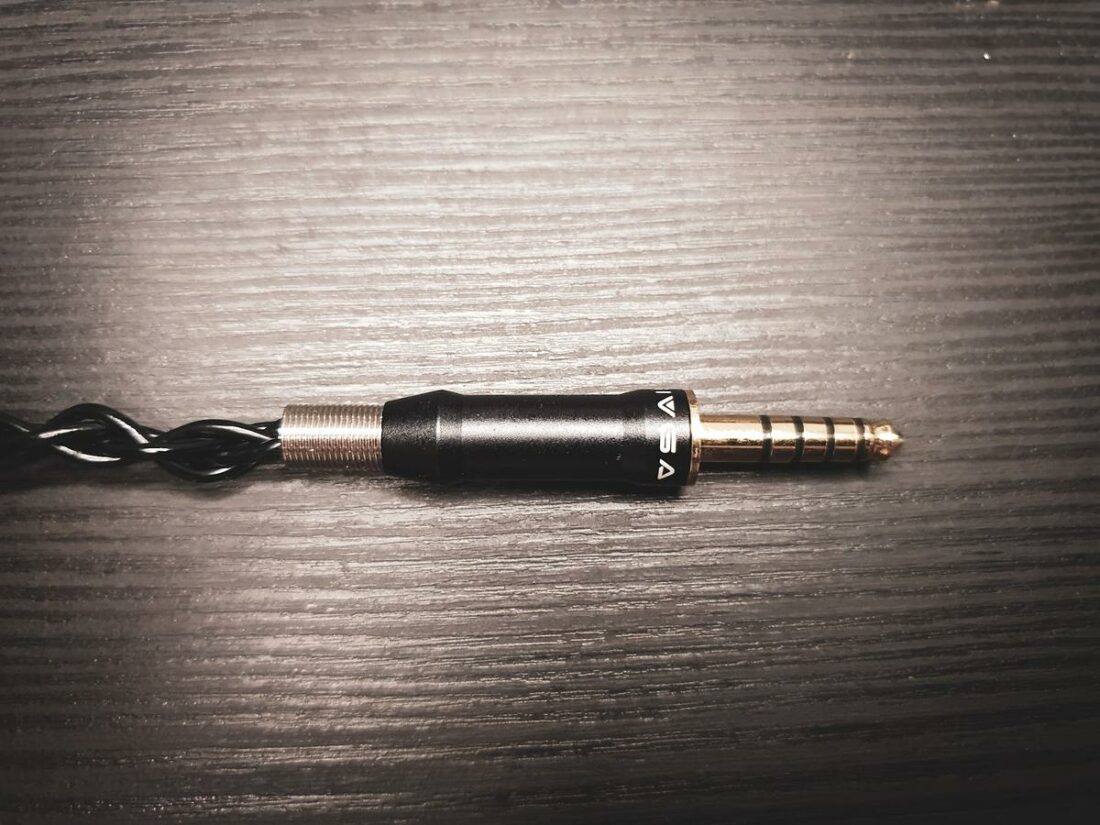
Final Thoughts
It’s often a breath of fresh air to try out IEMs with an unorthodox tuning. Maybe there is life beyond Harman and other targets?
The Sivga Nightingale aren’t perfect, but they’re competent enough to warrant a listen. They retain the magical coherence that single-driver IEMs have, and the superb midrange is more than welcome.
The Nightingale are an easy recommendation for rock, jazz, or vocal lovers who know what they like.
What’s in the Box?
- Sivga Nightingale IEMs
- 1.2m silver-plated copper cable
- Carrying case
- Silicone ear tips 2x(S/M/L)
- Ear tip box
- Manual
Technical Specifications
- Form: IEM
- Drivers: 1x 14.5mm planar
- Impedance (Ohm): 16Ω +/-15%
- Sensitivity (dB): 100dB/V +/- 3dB
- Weight (g): 8g per IEM
- Frequency Response (Hz): 20 Hz – 40 KHz
- Removable Cable: Y
- Source Jack: 4.4mm
- Shell Jack: 2-pin 0.78mm
